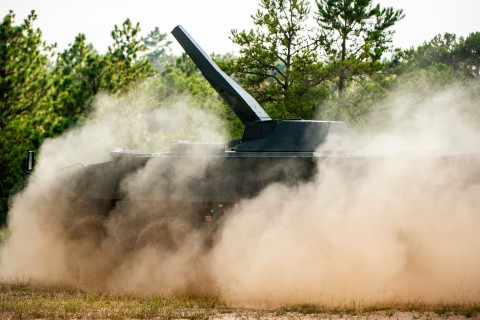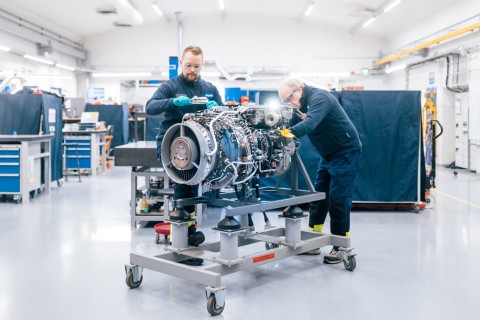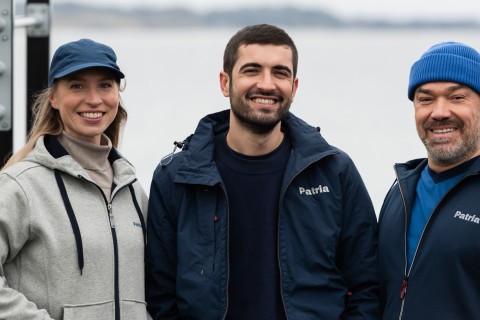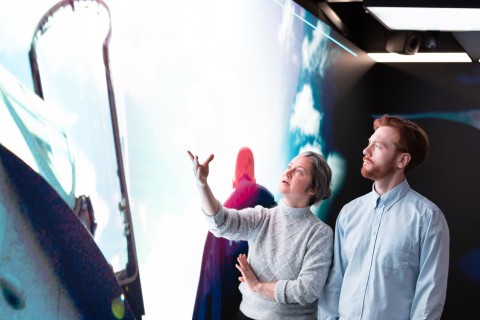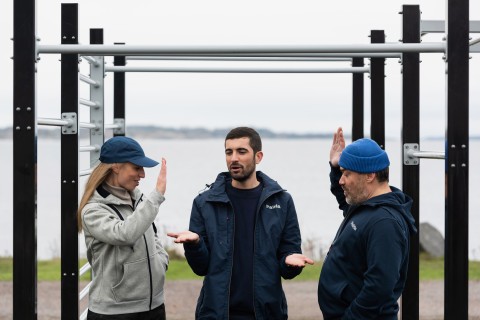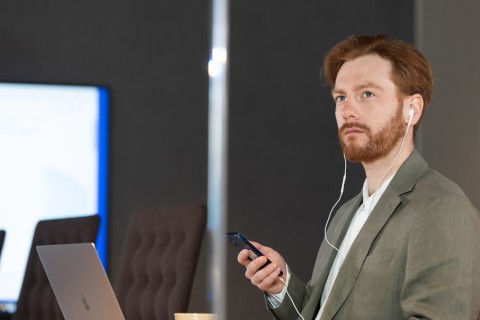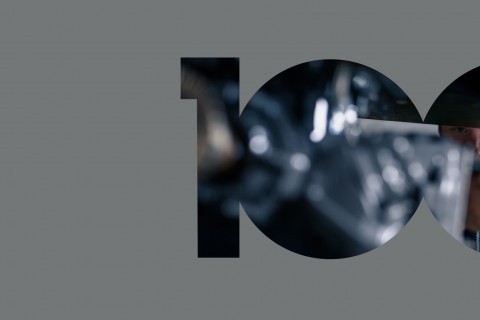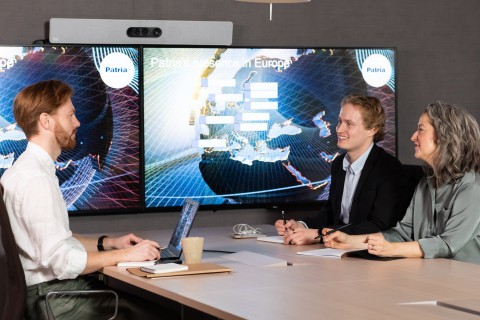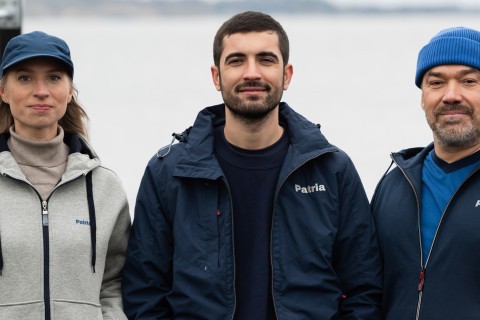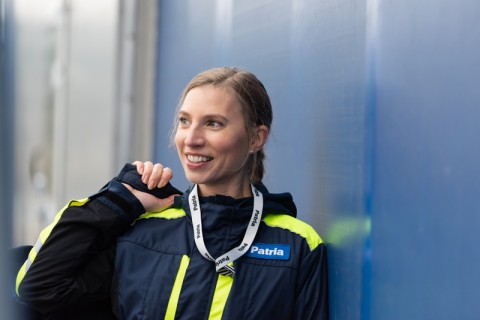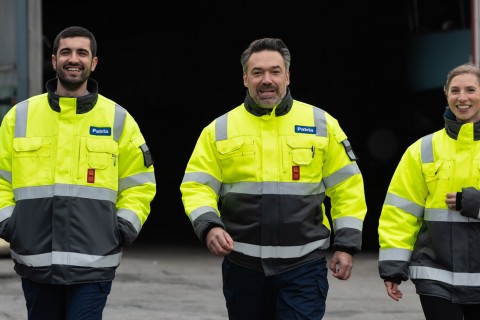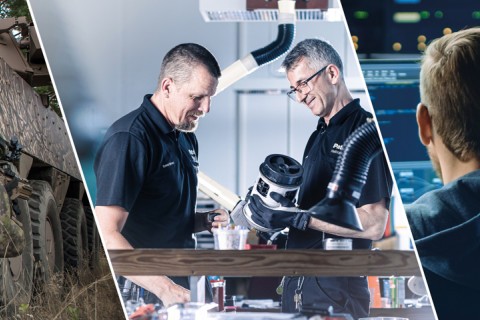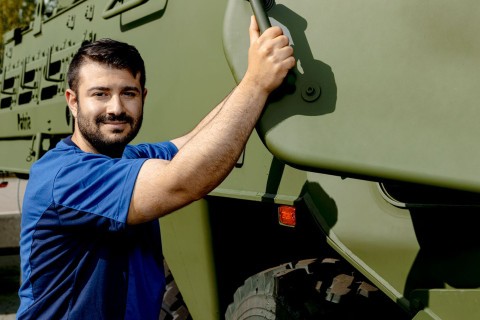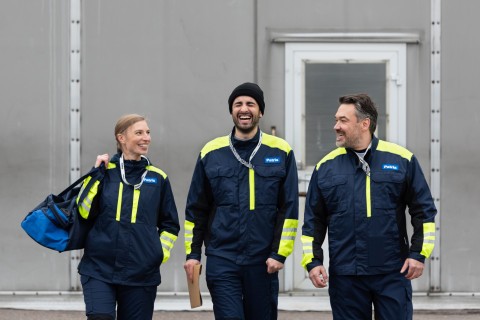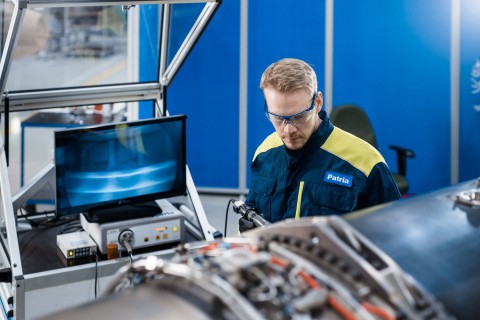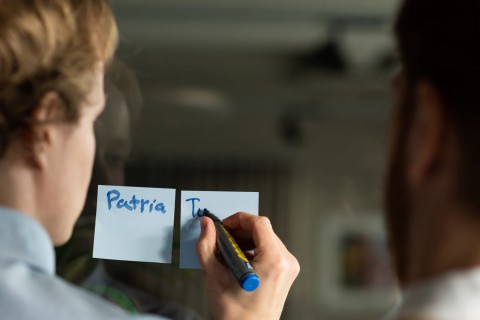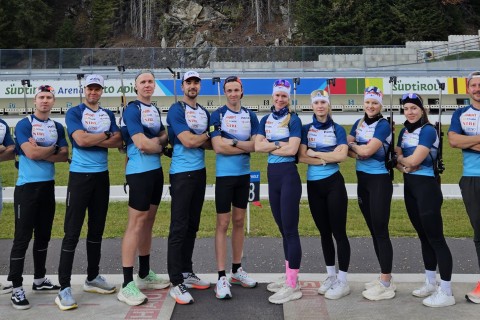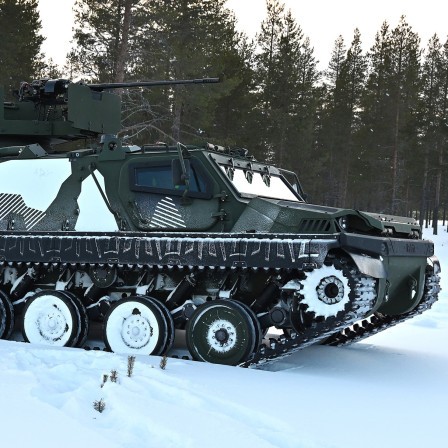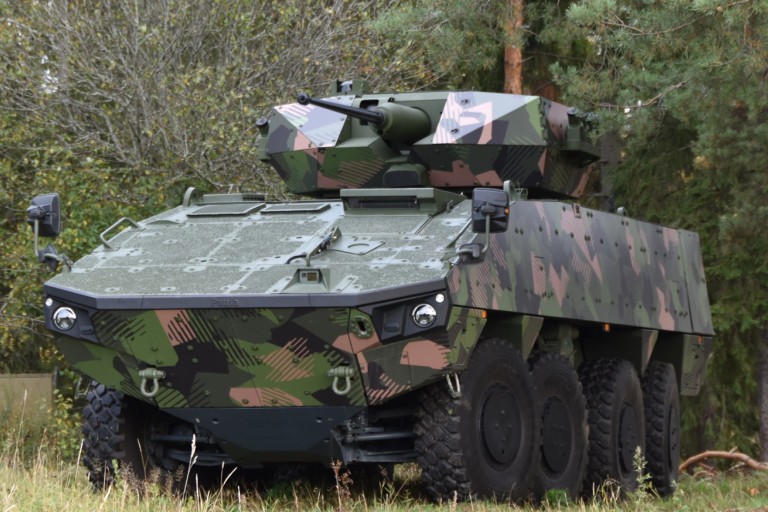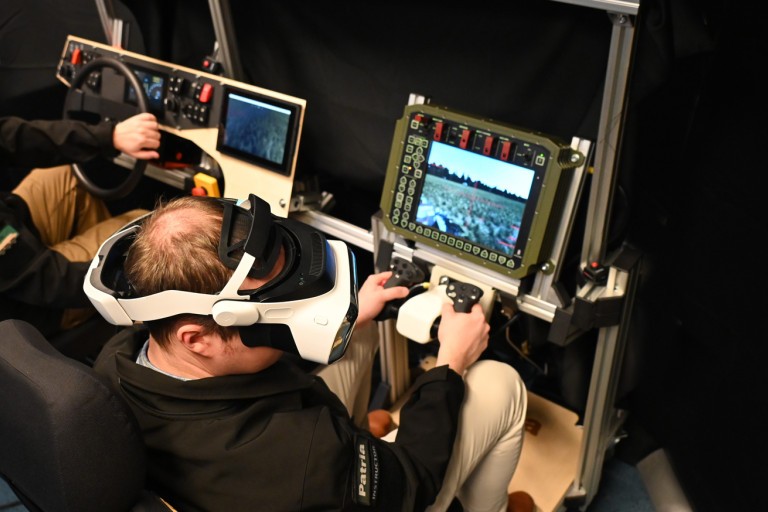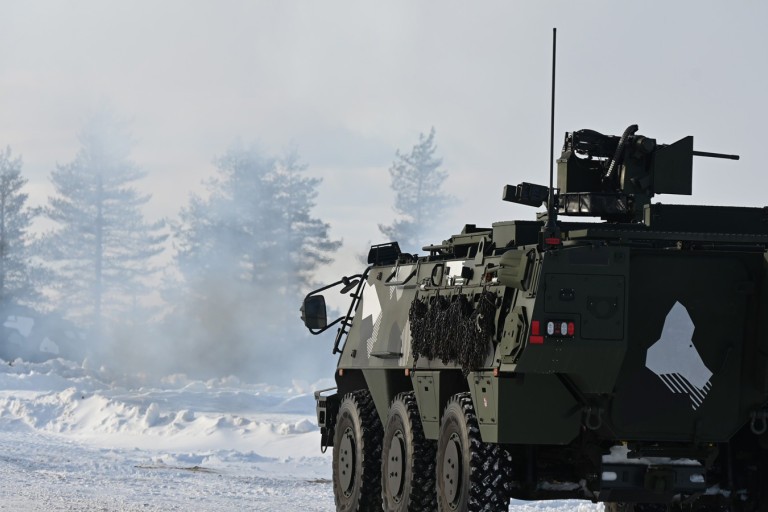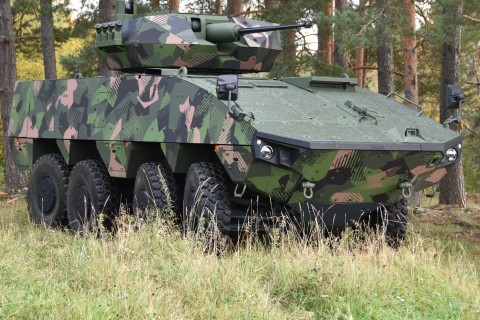
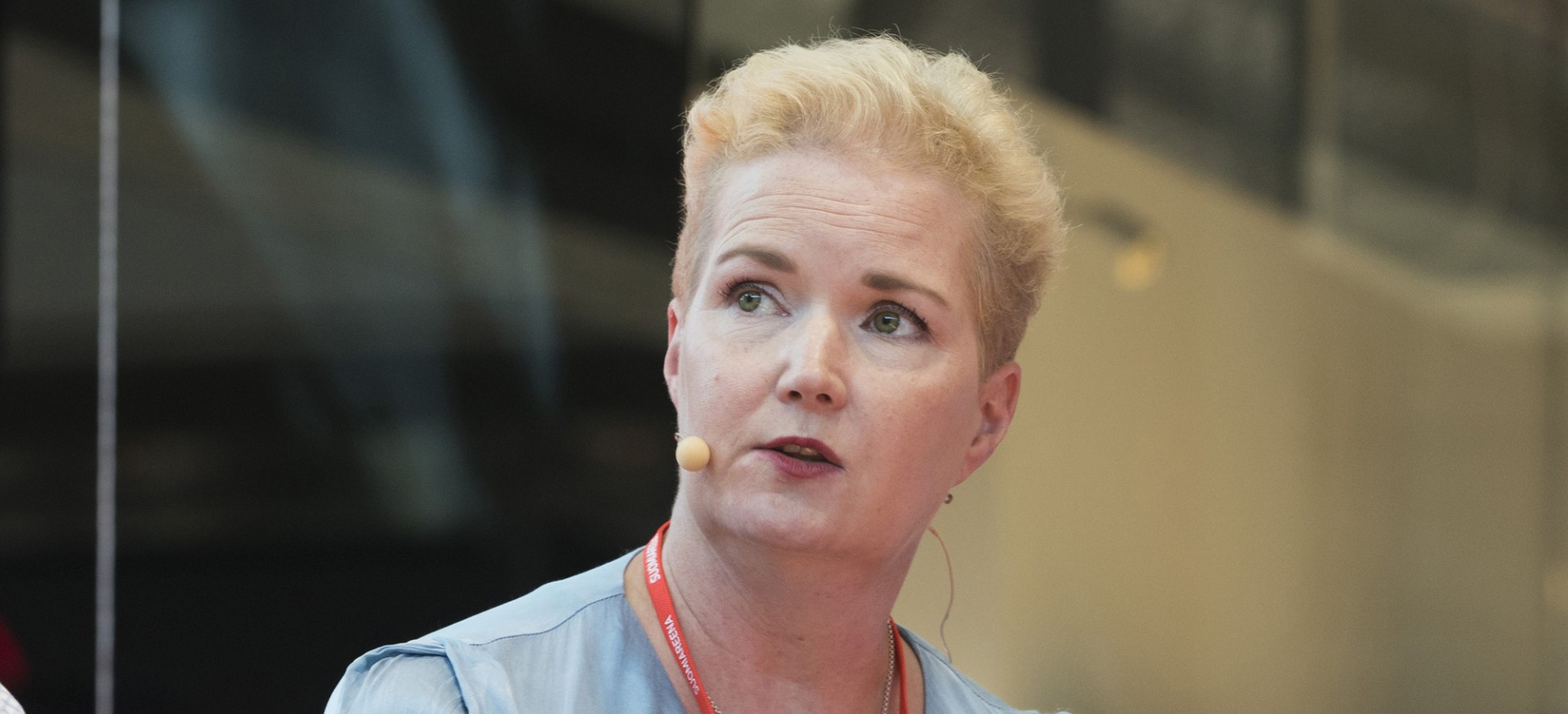
The European Defence Fund is being launched – now is the time to be active
3.4.2018
Tuija Karanko, Secretary General of the Association of Finnish Defence and Aerospace Industries (AFDA), is involved with the European Defence Fund's project development programmes on a daily basis. The EU established the European Defence Fund in the summer of 2017, to coordinate the defence investments and development work of its Member States. Less than a year into the Fund’s activities, we asked Karanko to give her expert opinion on the pros and cons of the programmes from the Finnish perspective.
What developments are expected in the EU Defence Fund in spring 2018?
Firstly, I think that ‘fund’ is a a slightly misleading term since, overall, it mainly consists of the EU’s defence industry development programme. The European Defence Fund has two strands: a ‘research window’ and ‘capability window’. The research window began last year, with the intention of developing practices for the actual research activity to begin in 2020. EUR 90 million has been reserved for this, for a three-year period.
According to the Commission's plan, the budget may be as high as EUR 500 million from 2020. With regard to the ‘capability window’, discussions are being held on what kinds of projects to include, and based on what methods. The test period is 2019-2020; the aim is that this too will become a large programme from 2021 onwards. The budget for the product development and procurement element is EUR 500 million for the first two years, rising to around a billion by 2020. In addition, last summer the Commission presented a proposal for a legislative package to establish a European Defence Industry Development Program. This will be handled through the trilogue process and the final legislative package should be ready in the autumn.
How likely is it that joint projects will be implemented?
We have just received the Commission's proposal on the issue, and the European parliamentary elections lie ahead. However, the Commission has a strong desire to strengthen its role in the EU's common foreign and security policy. It is hoped that joint EU funds will serve as a carrot that motivates Member States to cooperate, particularly on the capability window. Joint projects are always challenging. They require compromises, which not everyone is prepared to make. One country may want tracked vehicles, another wheeled ones. Both may have strong grounds for their preferences. Member States are also considering bilateral projects as alternatives. The extensive cooperation between France and Britain is an example of this. However, it is a fact that the EU defence industry’s business environment is changing. The Commission will finance European research and development projects. We Finns would be well advised to get involved from the beginning. The traditional ‘wait and see’ approach will not work on this occasion.
What can Finnish companies do to get involved?
As yet, there is no official information about the new EU capability projects, but we could actively investigate what Member States are planning and network with the right actors. It will already be too late when the projects are announced. Information has a tendency to leak out beforehand. Cooperation between AFDA and the Finnish Defence Administration is excellent. With the defence industry, we can discuss which projects should be presented by the Finnish Defence Administration. We must be active in EU forums. Various Member States and institutions are already organising matchmaking events and negotiating on projects starting in 2019. AFDA is here to help its member companies.
What are the our defence industry’s strongest areas of expertise?
C4ISR, ground force capabilities, i.e. vehicles and mobility, as well as various protection solutions come to mind first. Businesses need to be alert, at least in these areas.
And what are Finland’s weak areas?
I’m concerned about the prospects of SMEs. The selection criterion should be technological advancement rather than representation of a particular country. As an interest organisation, AFDA has the role of drawing attention to the fact that SMEs do not always have the necessary resources. We are also promoting cross-border cooperation, to ensure that subcontracting chains are not always from the same country. European countries also have different export licensing policies. Finland has a good export licensing policy, but it is stricter than in many European countries. If we ignore this when planning projects, we’ll paint ourselves into a corner, or even rule ourselves out. We need some sort of negotiating mechanism – and then we can get started.
Can multinational companies also participate in joint projects?
The possibility of third countries participating is the ‘hottest potato’ in political terms. Companies operating in the EU may have non-EU ownership. Some people say that third countries could get involved, but on the basis of their own funding. There are fears that European industry would be left behind the US and EU funds would leak out to US companies.
What is the Defence Forces’ role when tendering for projects?
In my opinion, the biggest challenge lies in the question of what genuine chances Finns will have to participate in projects if the Defence Forces cannot get involved. The Defence Forces have a small budget and Finland has lacked extensive R&D activities between the Defence Forces and industry. Traditionally, we have purchased off-the-shelf solutions developed by others. The EU's capability windows have been created in line with the processes of big countries, in which the industry and defence forces jointly decide on what to develop.
What is your message to Finland’s industry?
I would emphasise a proactive approach. Let’s make sure that we are involved in EU projects. The field is now changing. We still don’t know how much, but EU money will become available. Let’s take our share of the cake. Looking on the bright side, the European Defence Fund is a positive development. The Fund’s chances of success are 50:50. At worst, it will only mean more duplication, but at best it will mean more joint projects.
What did you like about the article?
Thank you for your opinion! You can share the article on social media using the buttons below:
These articles might also interest you
18.12.2025
Patria AMV XP - Performance evolved
12.12.2025
Patria SHIFTR - Communication wins battles
